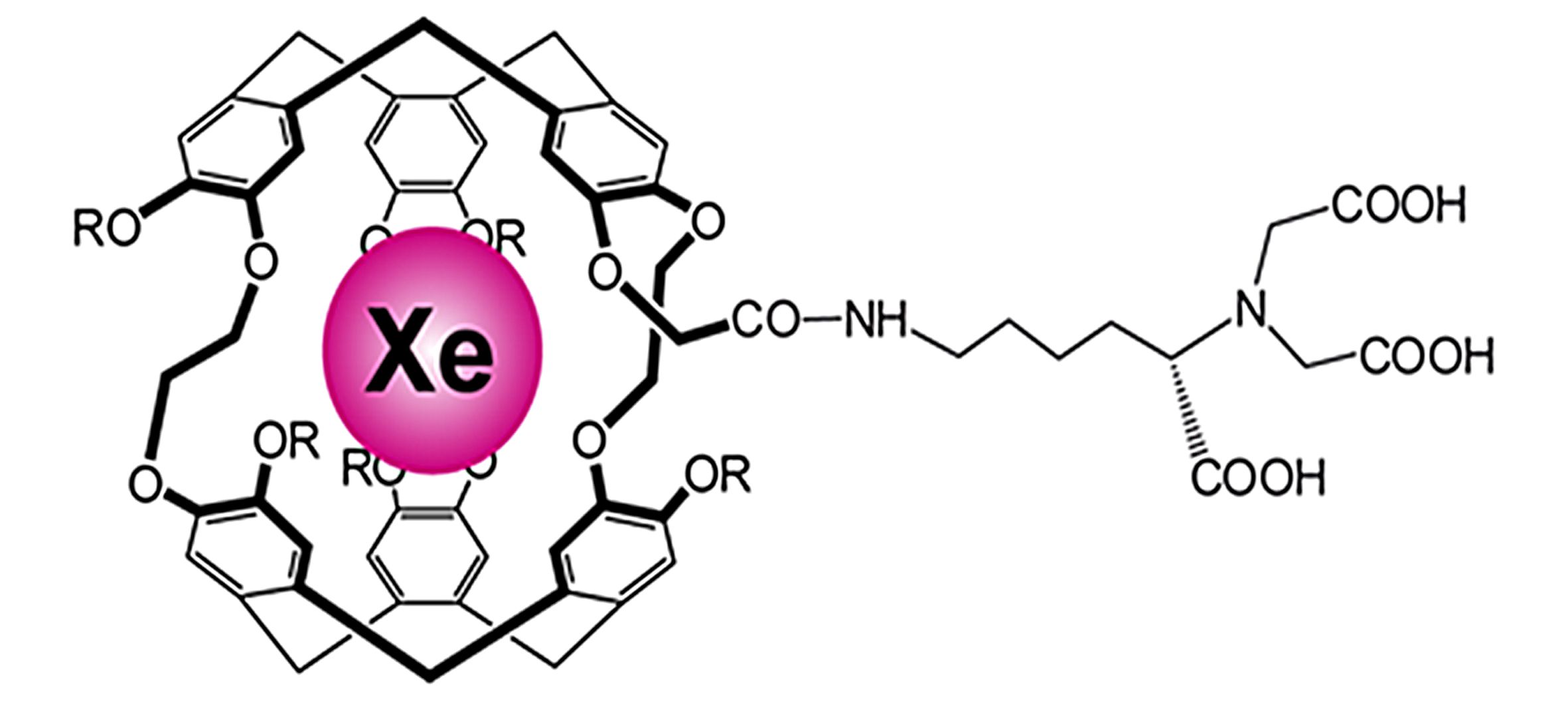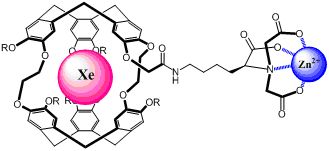Hyperpolarised Xenon - Zinc
PRESS RELEASE
A molecular probe for improved visualization of the medical imaging zinc
|
A new tracer, 300 times more sensitive than those currently available, has been developed by researchers at the CEA, CNRS and the Ecole Normale Superieure de Lyon to determine and locate the zinc imaging. This increased sensitivity make possible to visualize low levels of zinc in the range of those found in humans - that the current imaging techniques cannot detect. This new tracer is promising for improved diagnosis of diseases associated with deregulation in zinc metabolism (Alzheimer's, chronic renal failure ...). |
 |
Medical imaging today cannot accurately visualize certain metals in our body, especially zinc. This trace element plays an essential role, and its concentration must be tightly regulated. He is involved in the structure of more than 300 proteins essential to our cells. Several diseases are related to disturbances of its metabolism. A reduction of its presence in blood is associated with chronic renal failure, high concentrations in amyloid plaques are observed in Alzheimer's disease ...
Locate the zinc in our body by medical imaging would better detect and diagnose these diseases. However the best current imaging methods cannot detect zinc concentrations below 30 microM, whereas its cocnentration not exceed 20 microM in the blood.
A new probe for the visualization of zinc
| Development of new tracers to improve imaging of zinc at low concentrations is therefore necessary. Scientists at the S-and iBiTec IRAMIS (CEA / CNRS), in partnership with the Ecole Normale Superieure de Lyon, have developed a new biosensor to specifically visualize the metal by magnetic resonance imaging (MRI). This display is based on the formation of a complex molecule having a molecular-cage, a xenon atom, and zinc. The probe developed by these researchers consists of two functional parts with distinct roles: |
 |
- Attached, an "arm" end by an efficient zinc coordination site.
The zinc binding on the cage causes a change of environment that affects the resonant frequency of the xenon. Researchers can view these MRI changes of state, and thus locate the places of attachment of zinc to the probe.
These results are published on March 2012 on the site of the journal Angewandte Chemie International Edition.
(more in the french version)
Original reference
Naoko Kotera, Nawal Tassali, Estelle Léonce, Céline Boutin, Patrick Berthault, Thierry Brotin, Jean-Pierre Dutasta, Léa Delacour, Ténin Traoré, David-Alexandre Buisson, Frédéric Taran, Sylvie Coudert, and Bernard Rousseau. A Sensitive Zinc-Activated 129Xe MRI Probe.Angewante Chemistry, International Edition (2012) DOI: 10.1002/anie.201109194.



